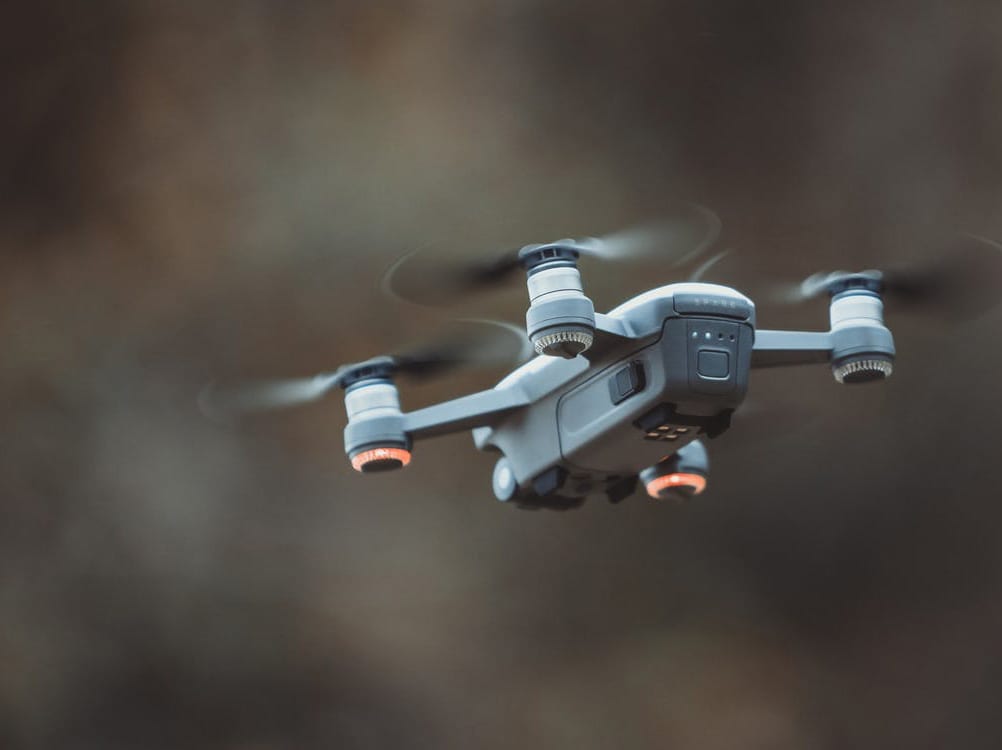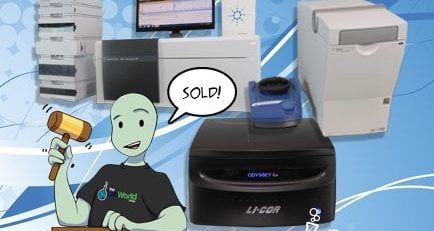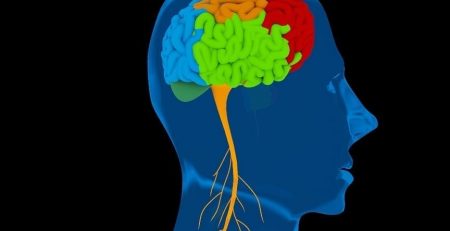One Small Hop for a Drone, One Major Leap for Medicine
Drones can be used for everything from film making to parcel delivery, but a team of transplant physicians and researchers at the University of Maryland School of Medicine (UMSOM) and University of Maryland Medical Center (UMMC) recently made history when a donor organ was delivered by a drone for the first time.
According to the United Network for Organ Sharing, over 113,000 people are in need of a lifesaving organ transplant. Unfortunately, donor organs are not only difficult to come by, but also cannot survive long outside of a human body. Often, if and when an organ does become available, it needs to be transported via car or flight; both of which provide their own set of potential difficulties.
Project leader and Assistant Professor of Surgery at UMSOM Joseph Scalea, MD set out to address this and other issues. The landmark flight not only involved a custom-built unmanned aircraft designed to transport an organ, developed by Unmanned Aircraft Systems (UAS) Test Site engineers, but a specially designed system to monitor the state and viability of the organ while in transit. Dubbed HOMAL (short for Human Organ Monitoring and Quality Assurance Apparatus for Long-Distance Travel), the technology measures temperature, barometric pressure, altitude, vibration and location via a GPS system.
“When we started this project, I quickly realized there were a number of unmet needs in organ transport,” Dr. Scalea said in a press release. “For example, there is currently no way to track an organ’s location and health while in transit. Even in the modern era, human organs are unmonitored during flight. I found this to be unacceptable.”
Not only was the organ, a kidney, transported successfully, it was also transplanted. The patient, who suffered from renal failure and had spent the past eight years on dialysis, underwent surgery and was discharged from the hospital three days later.
“We want to prove that this can work; that we can safely transport an organ, even if it were a few short miles, safely from Point A to Point B, and reach that waiting recipient,” Charlie Alexander, President and CEO Living Legacy Foundation, a non-profit organ procurement organization that also took part in this research, said.
“This is a major step towards reinventing the way that the current system of organs are moved, and I think we can help a lot of people this way. It might take a long time, but it’s the first step,” Dr. Scalea said.
Check out a video of the organ transportation here.














